Over the past few years, there has been an alarming increase in cyberattacks targeting the healthcare system that represents one of the most pressing challenges to come along in this industry in quite some time. Between the prominence of ransomware, malware and phishing attempts that can be used to compromise protected health information (PHI), to the value of this confidential information on the black market, it’s easy to see why even smaller providers are being impacted in such large numbers.
Even something as seemingly simple as losing a mobile device (or having one stolen) is no longer a “minor inconvenience”, if that device had access to a network filled with private health information of patients. At that point, that could be a backdoor onto the network and a potential source of a cyberattack – pointing to a situation that must be addressed at all costs.
Thankfully, creating a more secure environment and safeguarding patient information is less the result of any one major move and is more about a series of smaller ones. When taken together, they offer up the best chance at making sure all private information stays that way for as long as possible.
The Reasons Why Smaller Medical Providers are More at Risk
It is absolutely true that even the largest healthcare providers are prone to experiencing a cyberattack, the number one reason why smaller medical practices are actually more at risk comes down to a lack of resources.
A lot of smaller practices simply do not have the human resources necessary to create a secure environment. They lack an IT team or even an employee with the skills needed to monitor systems and close security vulnerabilities. Even if they do, they probably do not have access to the type of financial resources they would need to replace older, vulnerable equipment with newer, more secure alternatives.
Many smaller medical practices in particular suffer from a lack of cybersecurity awareness. You cannot expect your average healthcare employee to successfully defend against a phishing email if they don’t know what one looks like in the first place.

Safeguarding the Records: What You Need to Know
Thankfully, there are a few straightforward best practices that you can follow to help make sure your own environment and network are as protected as possible moving forward. These include things such as:
- Creating a cybersecurity policy that involves the use of encryption on all mobile devices in the event that they are lost or stolen. This way, even if the physical device itself should fall into the wrong hands, that person won’t be able to access any of the information contained on it – or use it as a backdoor opportunity to infiltrate your network.
- Always make sure that both your computers and the software you install on them are updated whenever possible. Oftentimes people do not realize that software and operating system updates do more than just tweak the user interface or add new features. They patch security vulnerabilities that could potentially be exploited by someone who knows what they are doing.
- Create different Wi-Fi networks for your staff and for patients. That way, even if the patient network is compromised due to the presence of insecure devices, you do not have to worry about that spilling onto your primary practice network.
Along the same lines, you will also want to make sure that all user passwords are changed on a regular basis and that strong passwords are already used. A password manager will be a key part of this by allowing employees to free up their brain power rather than forcing them to remember a long list of passwords. Most password managers will also automatically generate stronger, non-repetitive and unpredictable passwords as well.
It is also important to use multi-factor authentication whenever possible, which requires a password and an additional input before someone can gain access to an account. This can be a PIN from a phone, some form of fingerprint verification, facial recognition, or something else. Regardless, it is far more secure than just a password alone.
At the same time, always make sure that any vendor you use to store and process information (like your coding and billing company, for example) has safety measures put in place to protect that data. No matter what steps you take, if your vendor is not secure and compliant, you are not either.
The Importance of Staff Training
Finally, understand that investing in staff training is and will always be one of the keys to staying safe in the modern era. Never forget that most data breaches happen due to social engineering – meaning that people who lack cyberattack awareness training are being taken advantage of on a regular basis.
You should hold training sessions for your employees at least once a year with a particular focus on the types of behaviors that cause violations and breaches in the first place.
Symbion Coding: A HIPAA Trusted Partner
At Symbion Coding, we are a secure and HIPAA compliant coding and billing vendor. In addition to offering a true multi-layered approach to protection that keep your PHI safe and secure at all times, we also work directly with our partners to make sure that they feel safe throughout the entire process. We sign and abide by a business associate agreement whenever we engage with a new client, which helps make sure that we always act as a true partner to your practice in every sense of the term.
If you are looking for a coding and billing vendor that is HIPAA compliant with the knowledge and expertise in revenue cycle, please give us a call at (800) 672-8249 or visit us at www.symbioncoding.com today.






No comment yet, add your voice below!